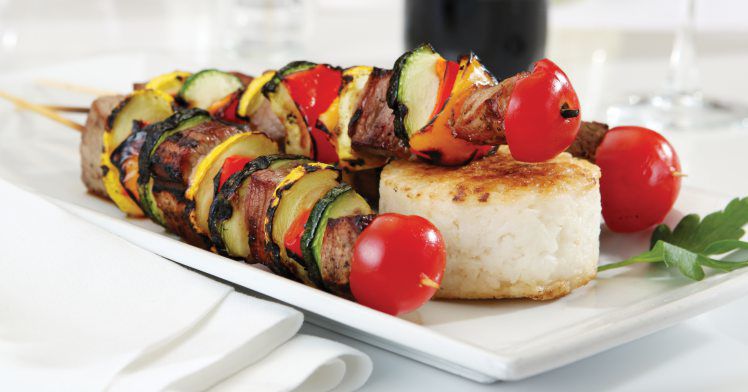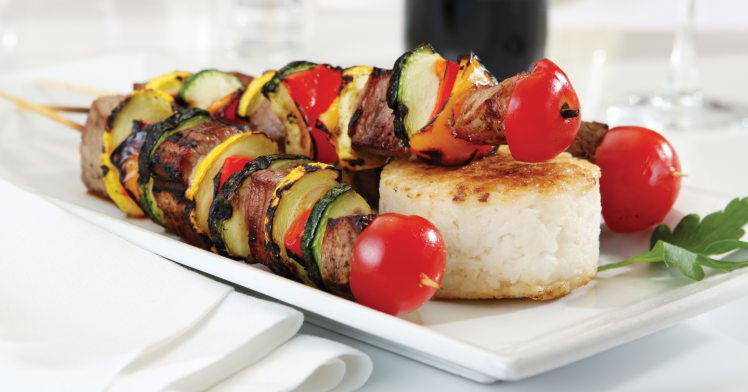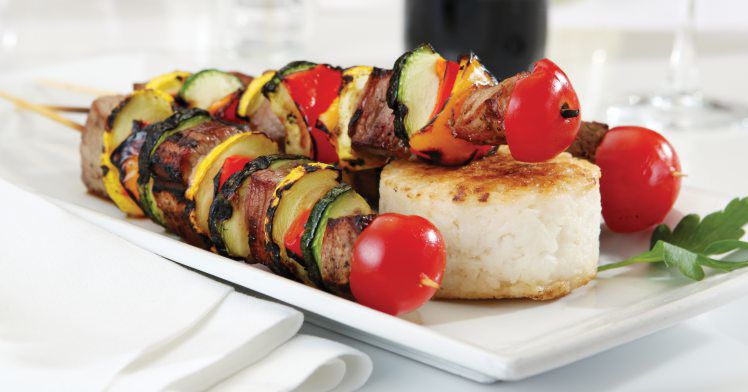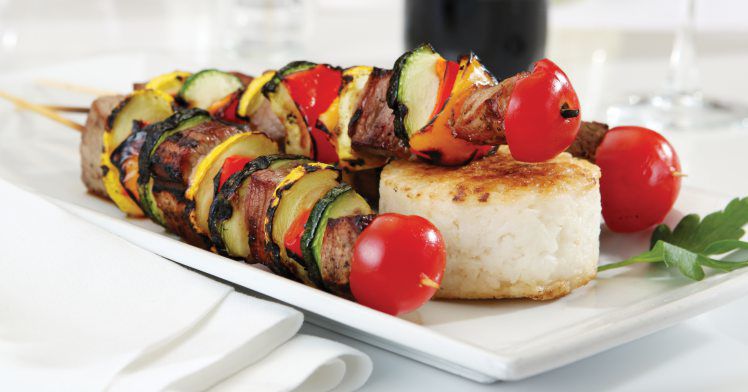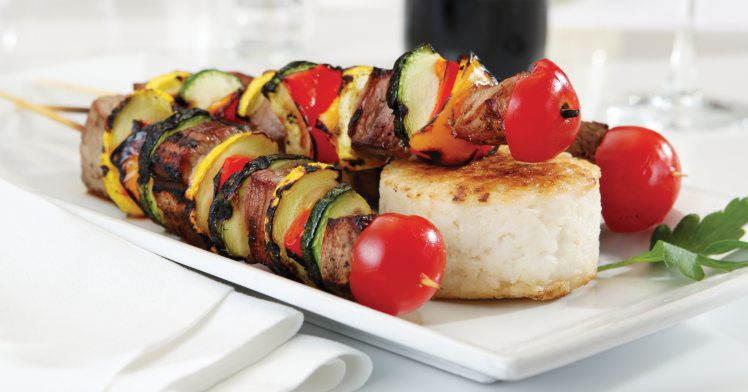My husband, Mike, and I recently were gifted a set of absolutely gorgeous antique kebab skewers. They were made in Turkey, which is fitting because the term “shish kebab” is Turkish in origin.
In Turkish, “shish” means sword or skewer. And it is said the name came from the practice of medieval Turkish soldiers cooking meat on their swords over an open flame while out on the battlefield.
While this method was popularized by the Turks, it spread throughout the world as the Muslim religion did. And as it spread, it changed to accommodate local ingredients, traditions and cooking styles.
There are forms of kebabs in countries as far and wide as Nigeria, Afghanistan, India, Bulgaria and Southeast Asia. (Satay, anyone?)
Its popularity throughout the world can be attributed to the fact this method of cooking lends itself well to urban settings, where small cuts of meat readily were available for purchase. And because they are smaller, they don’t take as long to cook, so large amounts of hard-to-come-by fuel (wood, charcoal) was not necessary.
Just so we’re all on the same page: In English speaking countries, “shish kebab” is a culinary term that refers to any type of ground meat or small chunks of meat, and sometimes vegetables, that are threaded on a skewer and grilled over an open flame.
In Middle Eastern countries, traditionally the meat typically is lamb or mutton. But tt also could be beef, goat, chicken, fish and very rarely, because of religious reasons, pork. (Although, I add pork quite frequently to my kebabs; it is Iowa, after all.)
Kebab meats often are marinated, which is a good idea since the small cuts of meat (about 1½ inches square) have a tendency to dry out more easily over an open flame.
Mike and I have used our new-to-us skewers quite a bit this year. They lend themselves well to a quick weeknight dinner or to small group entertaining (which we are just starting to do again). I like them particularly for entertaining because it is easy to offer a wide variety of items to please just about anyone.
Whole skewers of grilled veggies with rice and a salad make a great vegan or vegetarian grilled dish, which often is a challenge for those of us who have vegetarians or vegans in our lives but also really like to grill.
One of the things that I do that is a little differently from what you typically see with kebabs around here is that I don’t do a kebab for each person. While it is super pretty to thread meats and colorful vegetables all on one skewer, then serve one or two per plate, I’ve found two challenges with that method:
1. Different things take different times and temperatures to cook, so it is tricky to cook everything so it finishes at the same time.
2. The skewers that we have are all metal, and they are really hot when they come off the grill and difficult to maneuver and slide the food off unless you use a hot pad, which isn’t super convenient for each person eating.
So, I’ve started just doing one type of ingredient per skewer — chicken chunks, sweet peppers, scallops, red onion chunks. Doing it this way, I can time everything perfectly on the grill and place them where they need to be according to what temperature will work best.
Then, when everything is finished, I slide it all off into serving dishes grill-side and bring to the table. What I lose in prettiness, I gain in ease of being able to eat and avoid the awkwardness of launching a chunk of chicken half-way across the table when I slide it off the skewer, or burning my fingers.
Leslie Shalabi is the co-founder of Convivium Urban Farmstead, a Dubuque-based nonprofit organization based on the idea of creating community around food. A lifelong lover of food and entertaining, she is dedicated to helping people find ways to connect through the universal language of food and hospitality.

